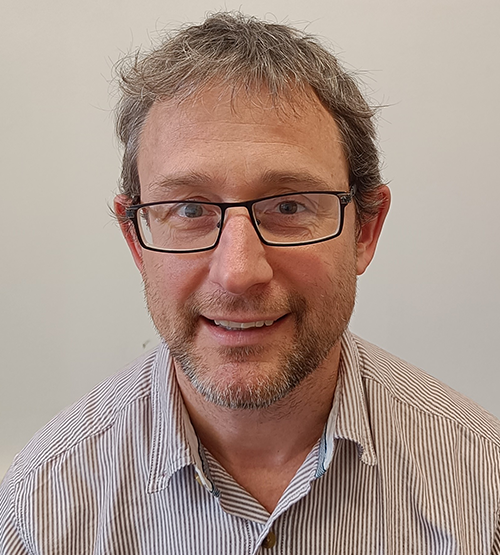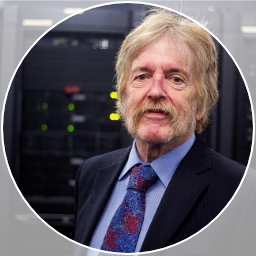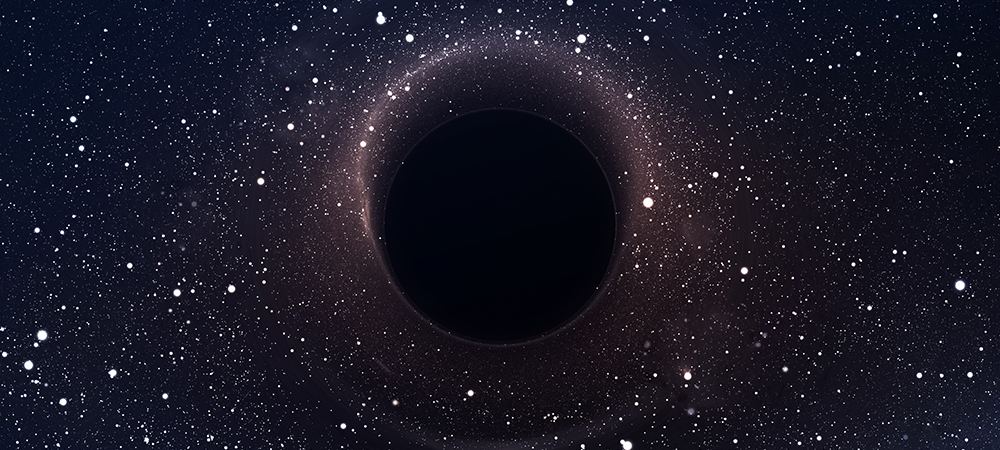The University’s Advanced Research Computing at Cardiff (ARCCA) service is using Lenovo ThinkSystem servers to power globally important high-performance computing research.
The University of Cardiff’s Advanced Research Computing at Cardiff (ARCCA) service is now using 90 Lenovo ThinkSystem servers to boost the performance of its high-performance computing (HPC) cluster by 100%, helping to power groundbreaking research into the origins of the universe and star formation.
Cardiff’s high-end research computing service chose to work with Logicalis and the Lenovo ThinkSystem platform to boost the capabilities of its Hawk HPC cluster which offers access to supercomputing tools and resources to tackle complex research problems in fields as diverse as astrophysics and life sciences.
Lenovo and Logicalis deliver HPC resources for two research groups at Cardiff, including one that could change our understanding of the universe, the Laser Interferometer Gravitational-Wave Observatory (LIGO) Scientific Collaboration.
For more than 15 years, ARCCA has been one of the largest HPC providers for the global research project LIGO, which aims to detect gravitational waves, ripples in space-time created by collisions between black holes.

For the LIGO project, led by Professor Stephen Fairhurst, Lenovo provided 75 Lenovo ThinkSystem SR645 servers ahead of LIGO’s fourth two-year gravitational wave detection run. The new solution doubles the compute performance available to researchers and exceeds initial performance benchmarks by ~46%, allowing researchers to process detection events and share data faster. The LIGO project won the HPCwire Readers’ Award for ‘Best Use of HPC For Scientific Research’.
A second research group at Cardiff University studying star formation, led by Dr. Ana Duarte Cabral, Royal Society University Research Fellow is to use 15 Lenovo ThinkSystem SR630 servers with two Lenovo ThinkSystem SR650 servers for storage. With the system funded by the Royal Society, the group’s research focuses on the creation of stars in spiral galaxies like our own Milky Way, requiring computationally demanding simulations of full galaxies.
Ian Jeffs, General Country Manager, UK&I, at Lenovo, said: “The LIGO project is a prime example of how supercomputing can broaden humanity’s understanding, and Lenovo is proud to be involved in this globally important research, enabling scientists to share their discoveries faster.
“Supported by Lenovo ThinkSystem technology, ARCCA can now deliver even more computing power to fuel hugely important projects such as LIGO and the Royal Society’s star formation study, as well as research across a wide range of other scientific fields.”

Professor Martyn Guest from Advanced Research Computing, Cardiff University, said: “To help the LIGO and star-formation research teams achieve their objectives, we had to move fast, as the funding for both projects was time-sensitive.
“We were working to extremely tight funding deadlines, and while other vendors quoted us nine-month lead times for delivery, Lenovo and Logicalis truly understood the urgency. They never stopped pushing to help us complete the projects on time and within budget.”
Andy Griffiths, Business Unit Director at Logicalis UK&I, added: “Advanced workloads and technologies are now driving exciting focus around High Performance Computing for Logicalis. As we continue to invest in specialist HPC skills & capabilities, we are delighted to be working with Cardiff University and ARCCA to support ground-breaking projects such as LIGO.
“The success of this project and recognition through the Global HPC Wire Award is testament to the outstanding work being delivered by the whole team across ARCCA, Logicalis and Lenovo.”
We asked Professor Stephen Fairhurst further questions to find out more about the project.
Could you elaborate on how the addition of Lenovo ThinkSystem servers has impacted the research efforts of the Laser Interferometer Gravitational-Wave Observatory (LIGO) project? What specific advancements or discoveries have been made possible by this enhanced computing power? Additionally, could you share some insights into how supercomputing has contributed to broadening our understanding of gravitational waves and space-time phenomena?
In May of 2023, the LIGO observatories began their fourth observing run, following three previous successful runs between 2015 and 2020. Since the previous run, the sensitivity of the detectors has been improved which means that we are now observing gravitational-wave signals from merging black holes at a rate of about two per week, and have already doubled the total number of observations. After we observe a signal, we run computationally intensive analyses to infer the astrophysical properties of the source, such as the masses and spins of the black holes. During this time, the Hawk cluster at Cardiff, powered by the Lenovo ThinkSystem servers, has contributed the second most computing globally to this effort. This has enabled us to perform timely analysis of the observations and thereby identify early and focus on the most interesting events which challenge our existing astrophysical models of how black holes form and evolve.
We expect the first detailed results arising from observations in the fourth observing run to be published later this year.
With the recent boost in computing capabilities at Cardiff University’s Advanced Research Computing, how do you envision the future of research in astrophysics and related fields, especially regarding your work on detecting gravitational waves?
At present, we are in a mid-run break from observing where some improvements are being made to the detector. In March, we will continue observing, this time joined by the Virgo detector. In the second half of the run, we expect to see many more events and the computing capacity provided by the Cardiff cluster will continue to be vital to our ability to carefully analyse all the observations. With three observatories (two LIGO and one Virgo) we are able to localise events in the sky and we’re hoping to catch a merger of two neutron stars, which would also emit light which could be observed by satellites and telescopes around the world.
In the further future, we are developing the case for new gravitational-wave observatories, Cosmic Explorer and the Einstein Telescope, which would be sensitive to the merger of black holes formed from the first stars in the Universe. These observatories would provide a unique way to probe the early history of the Universe. In the coming years, we will use the computing resources to model the observational capabilities of these future observatories and help to finalise their design to optimise the scientific payoff.
Click below to share this article

